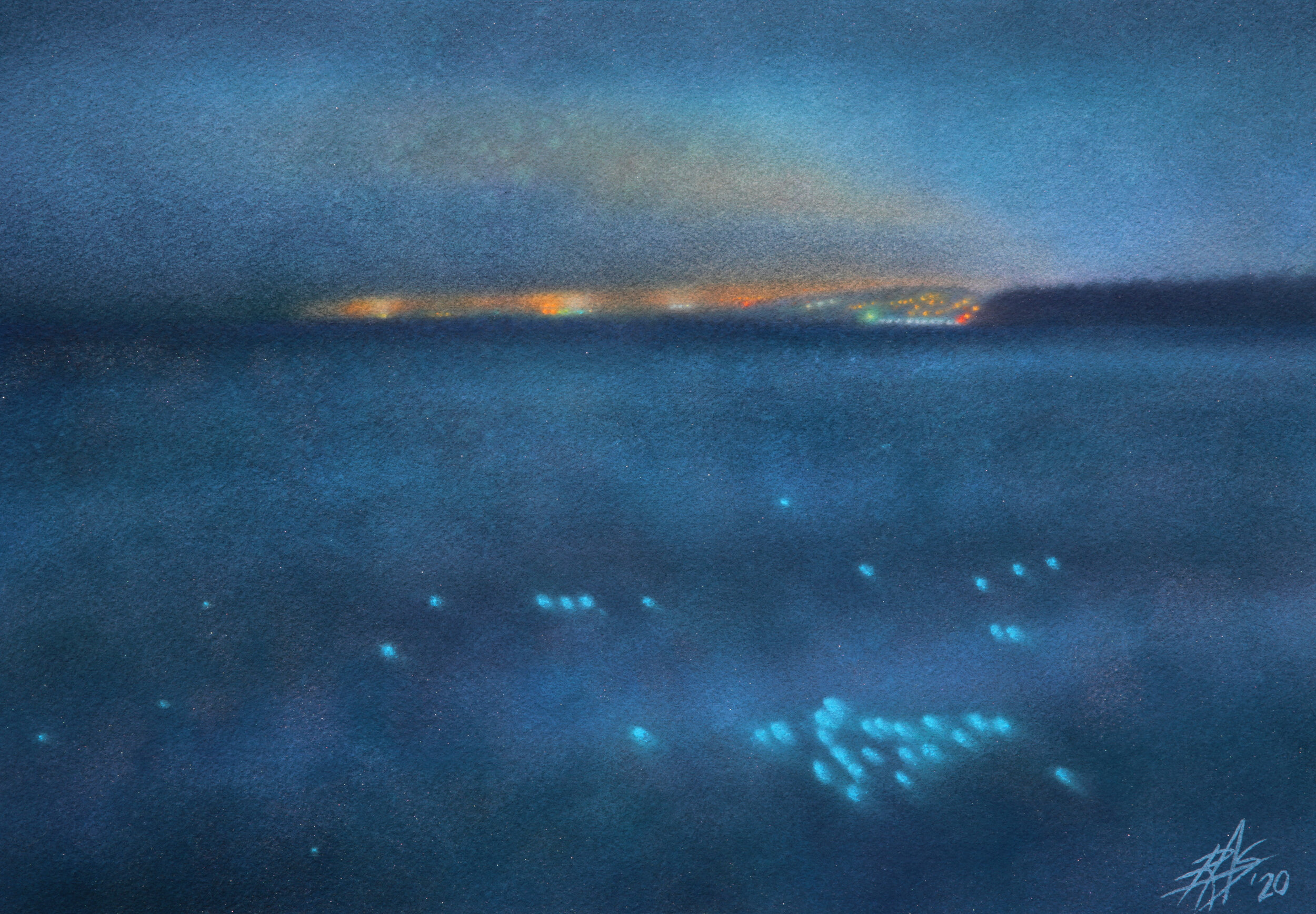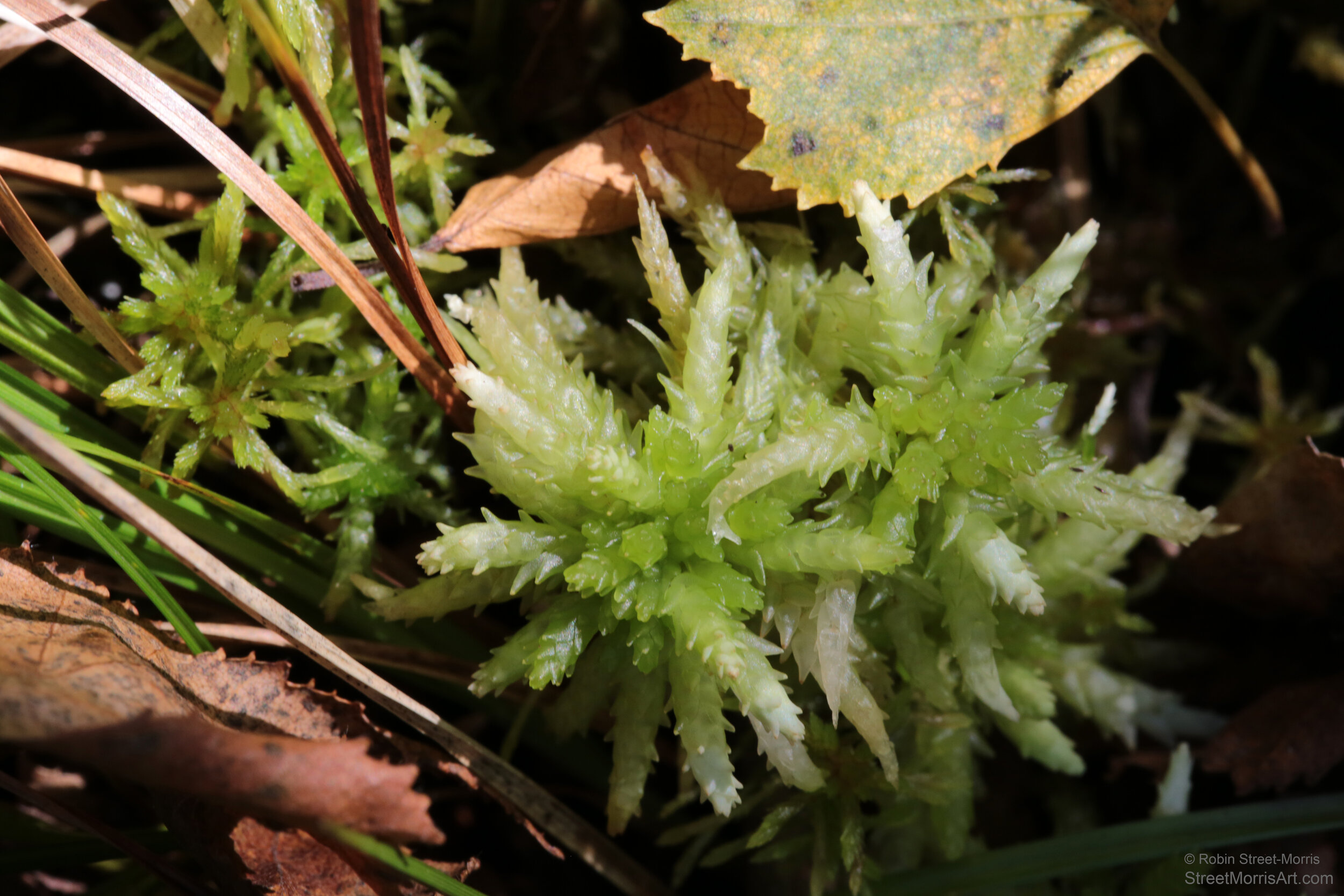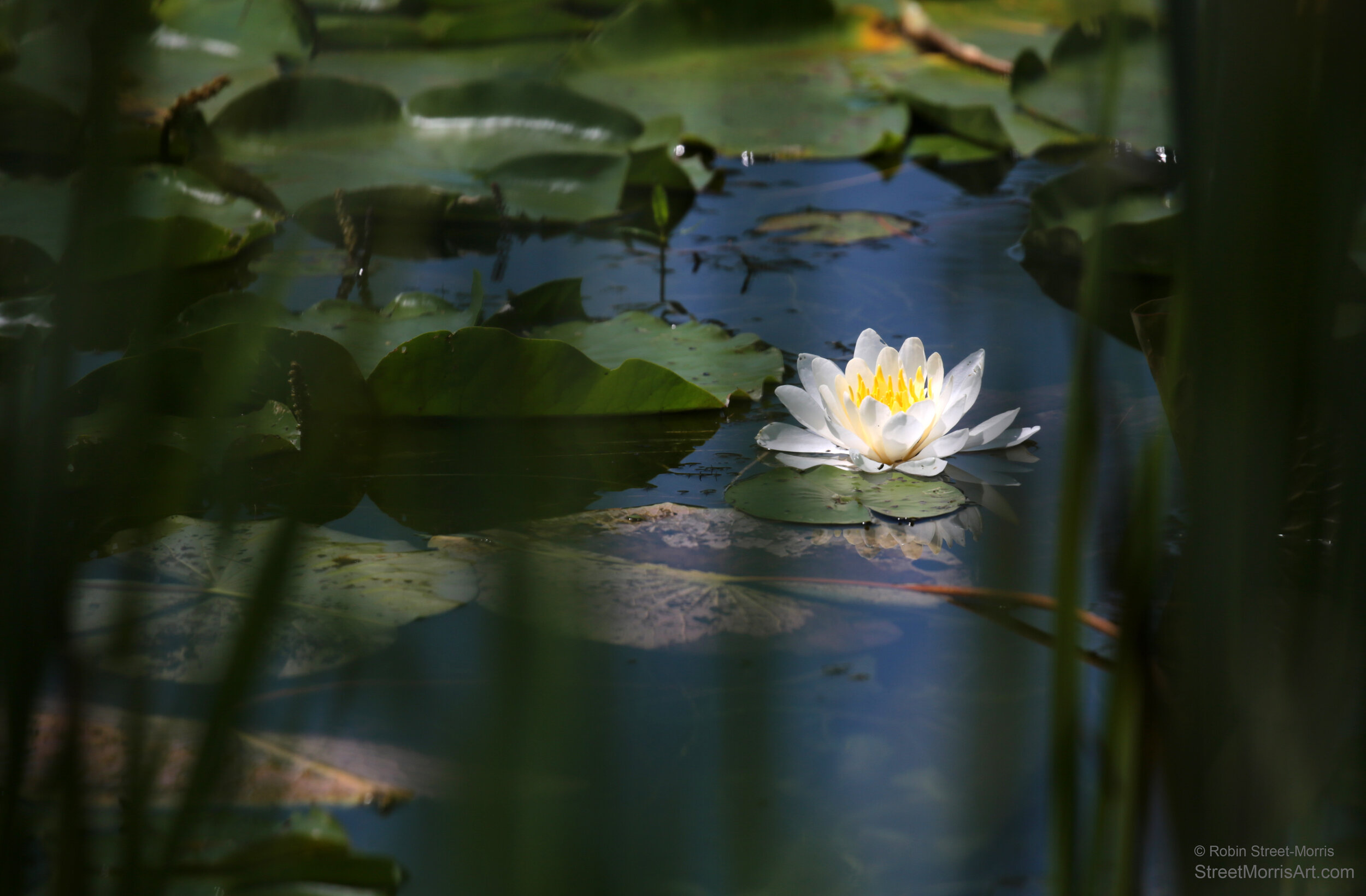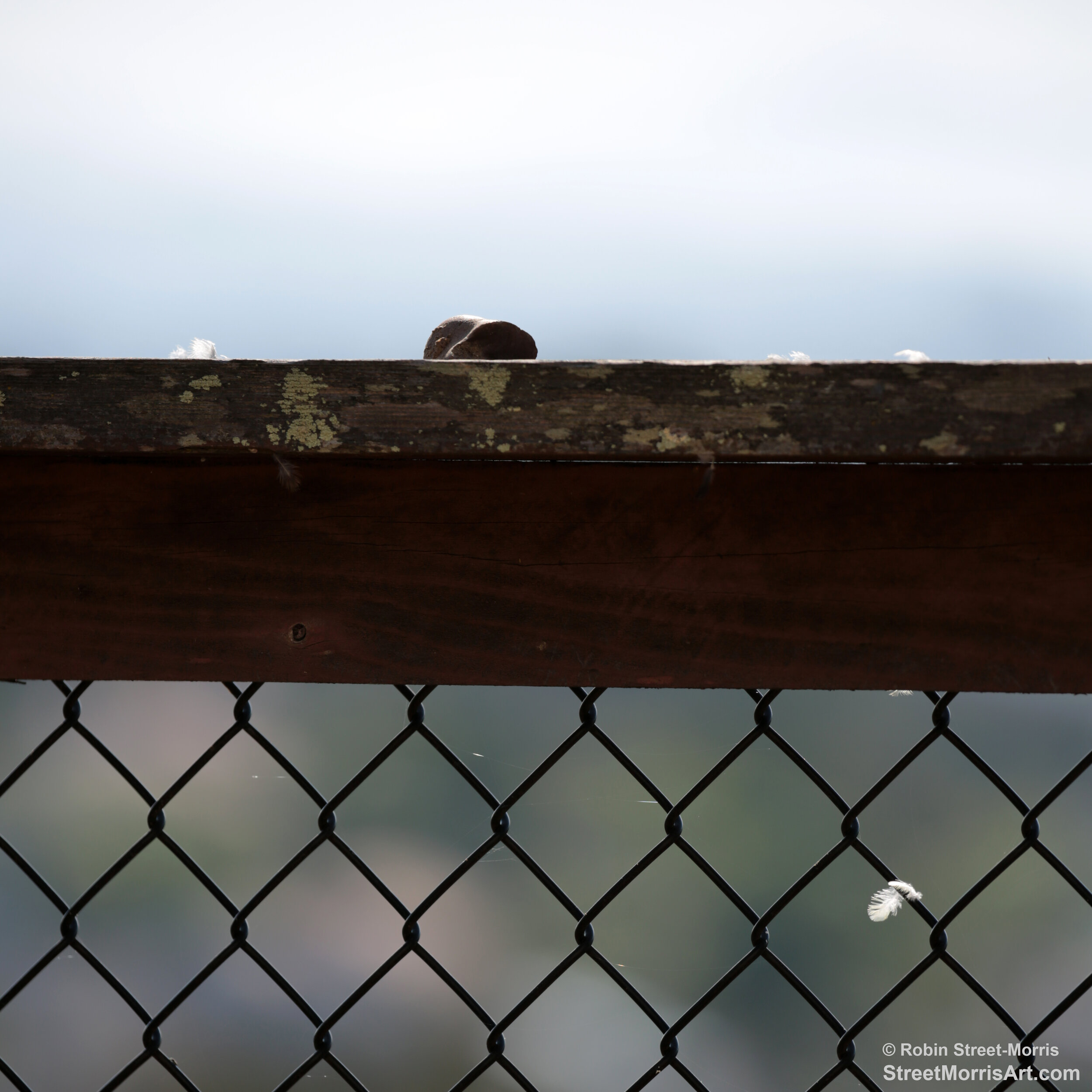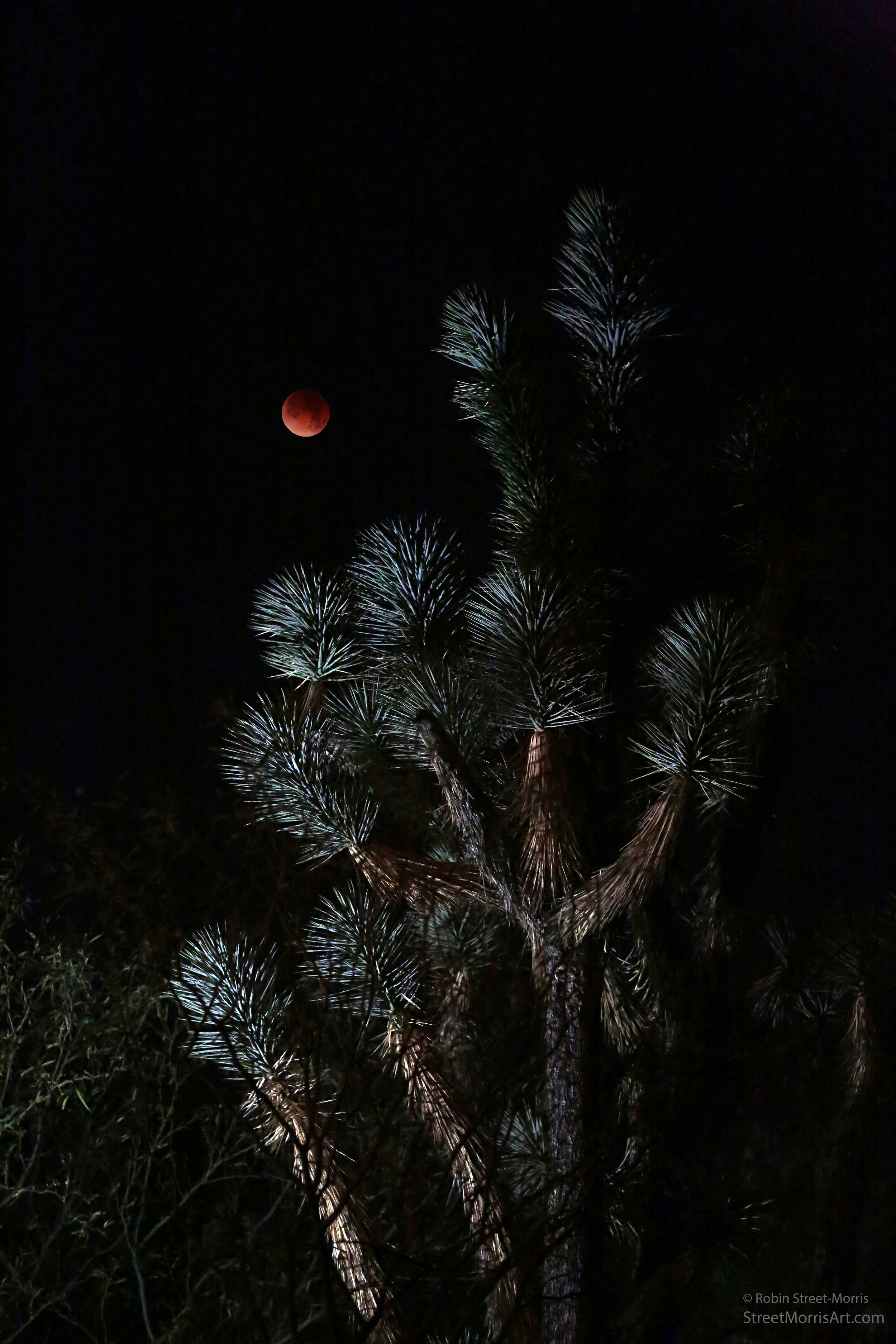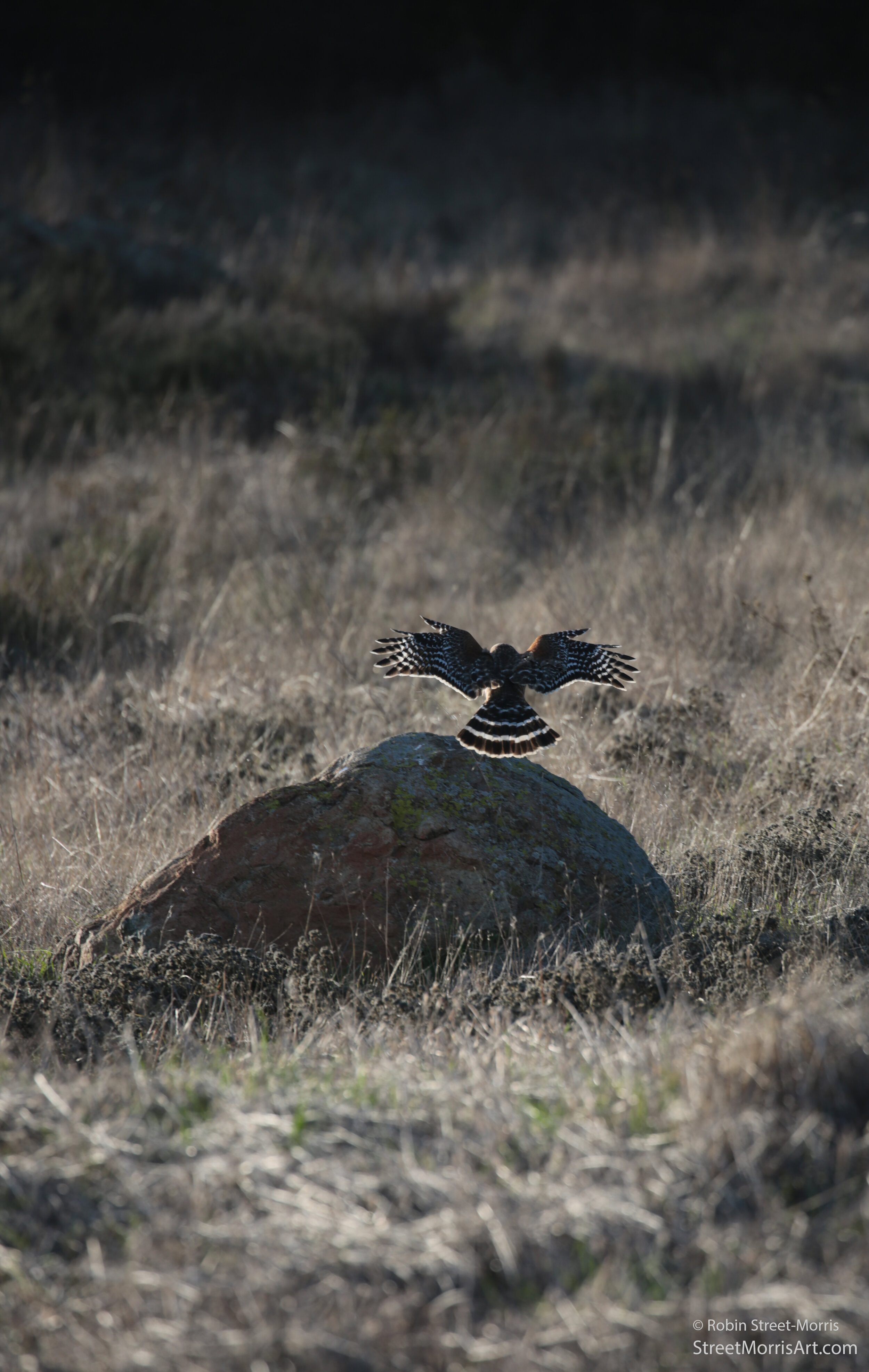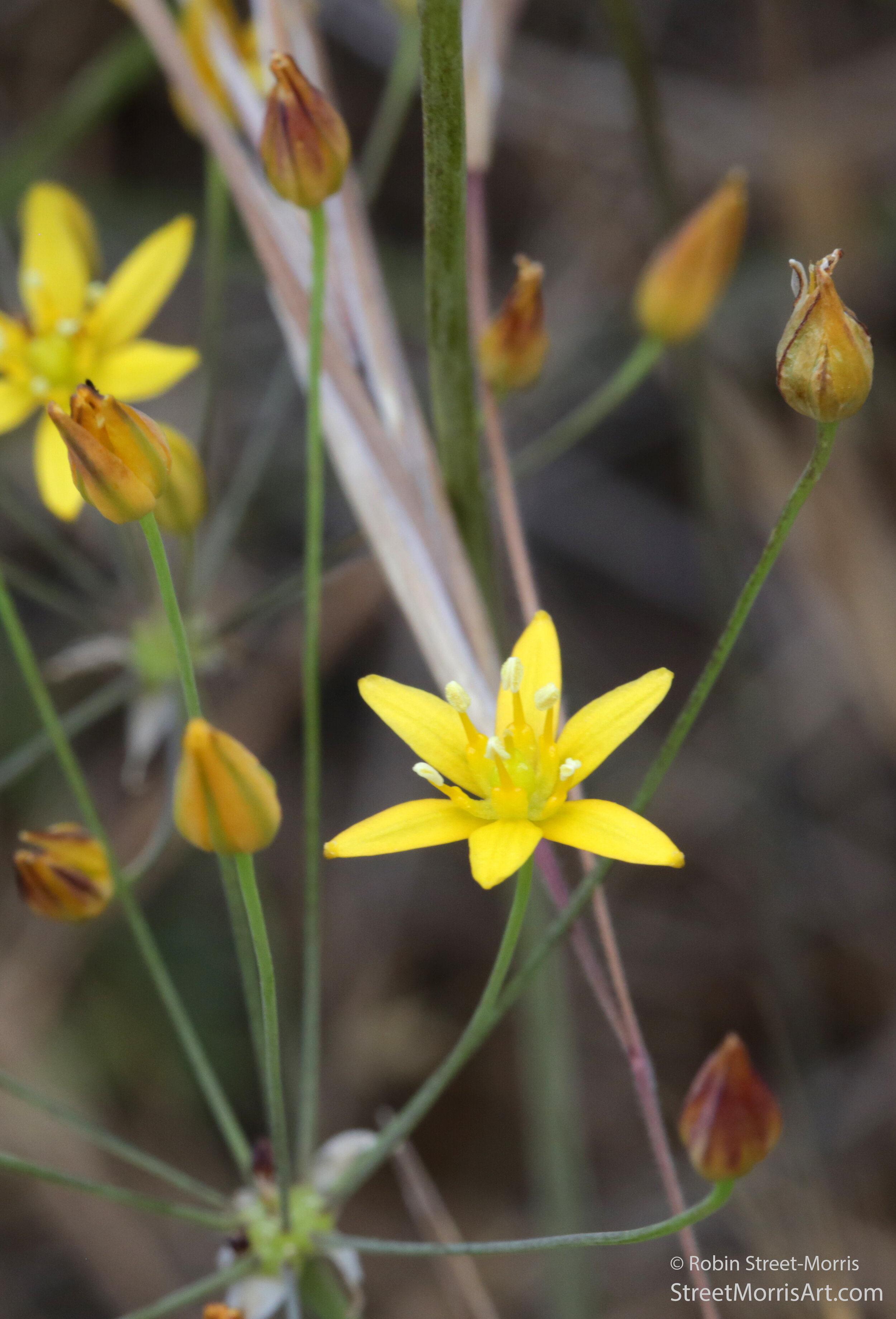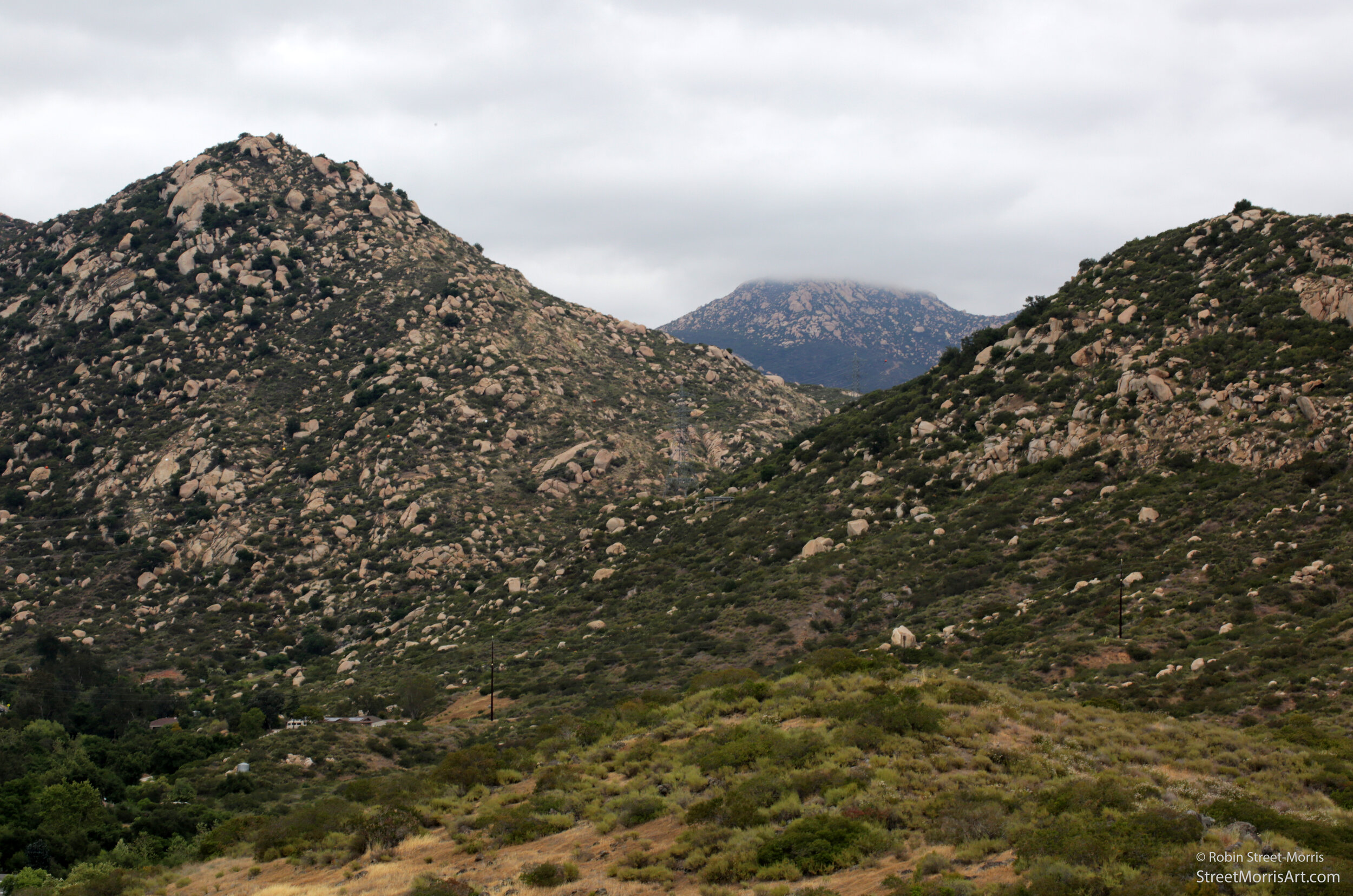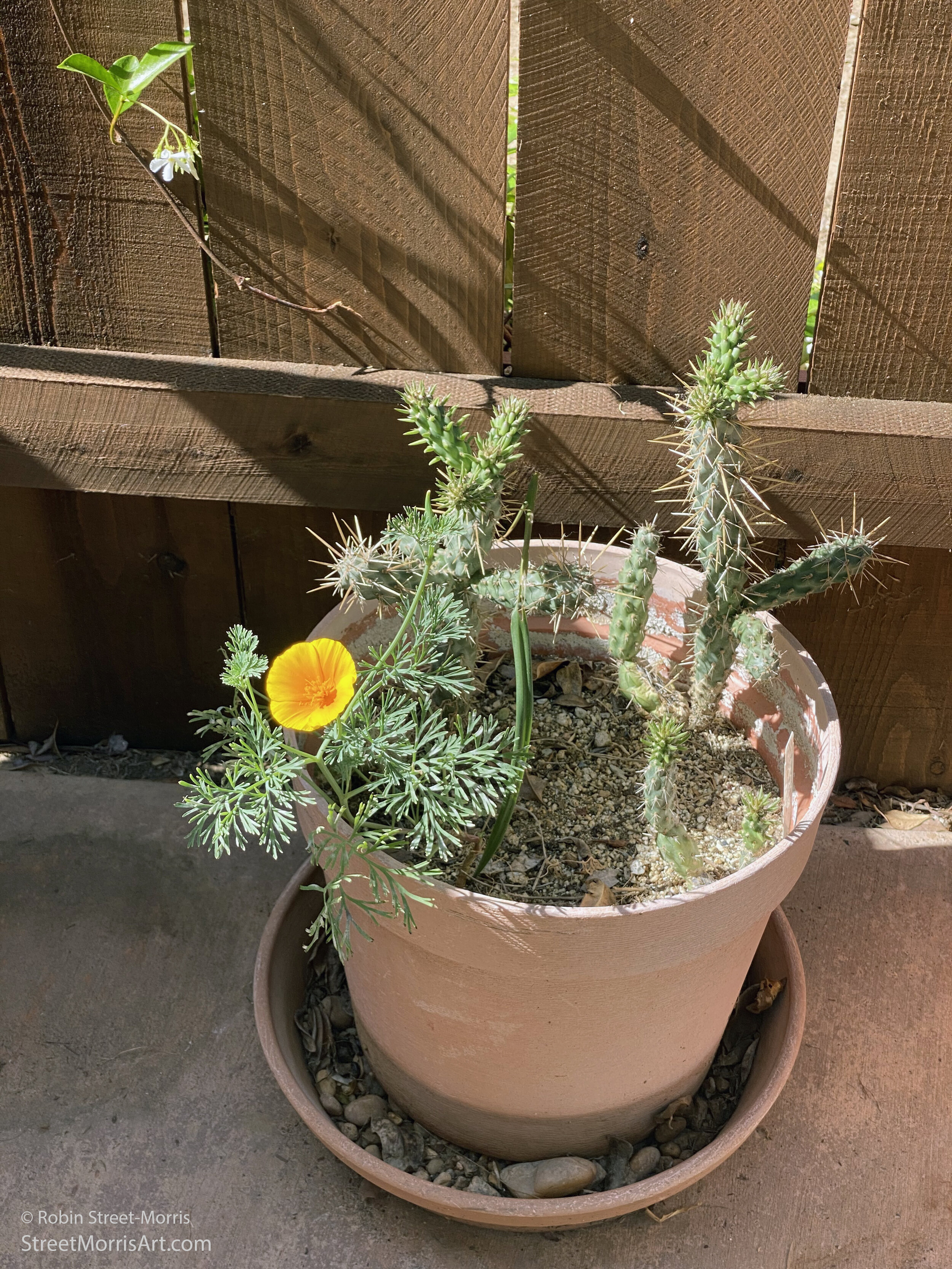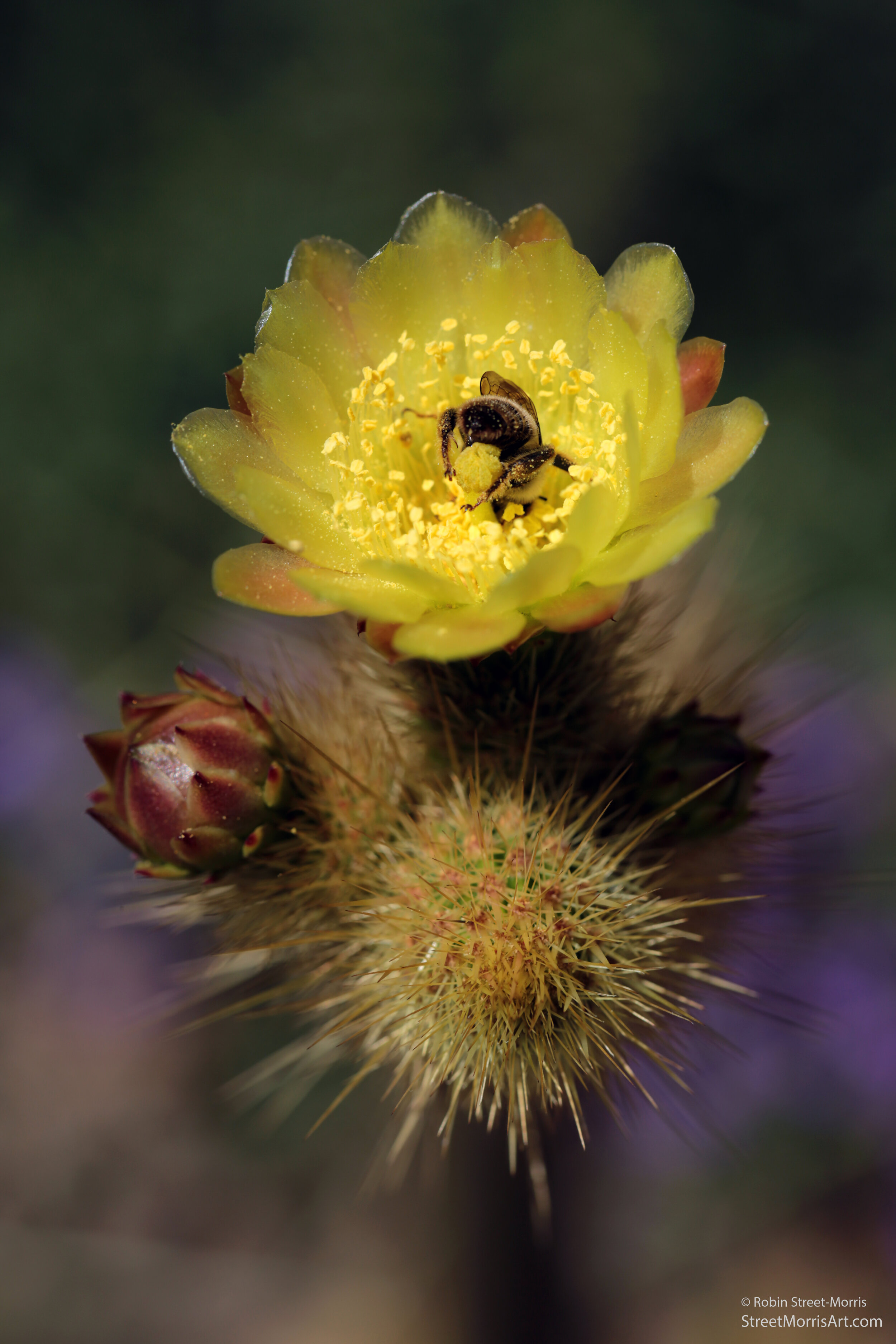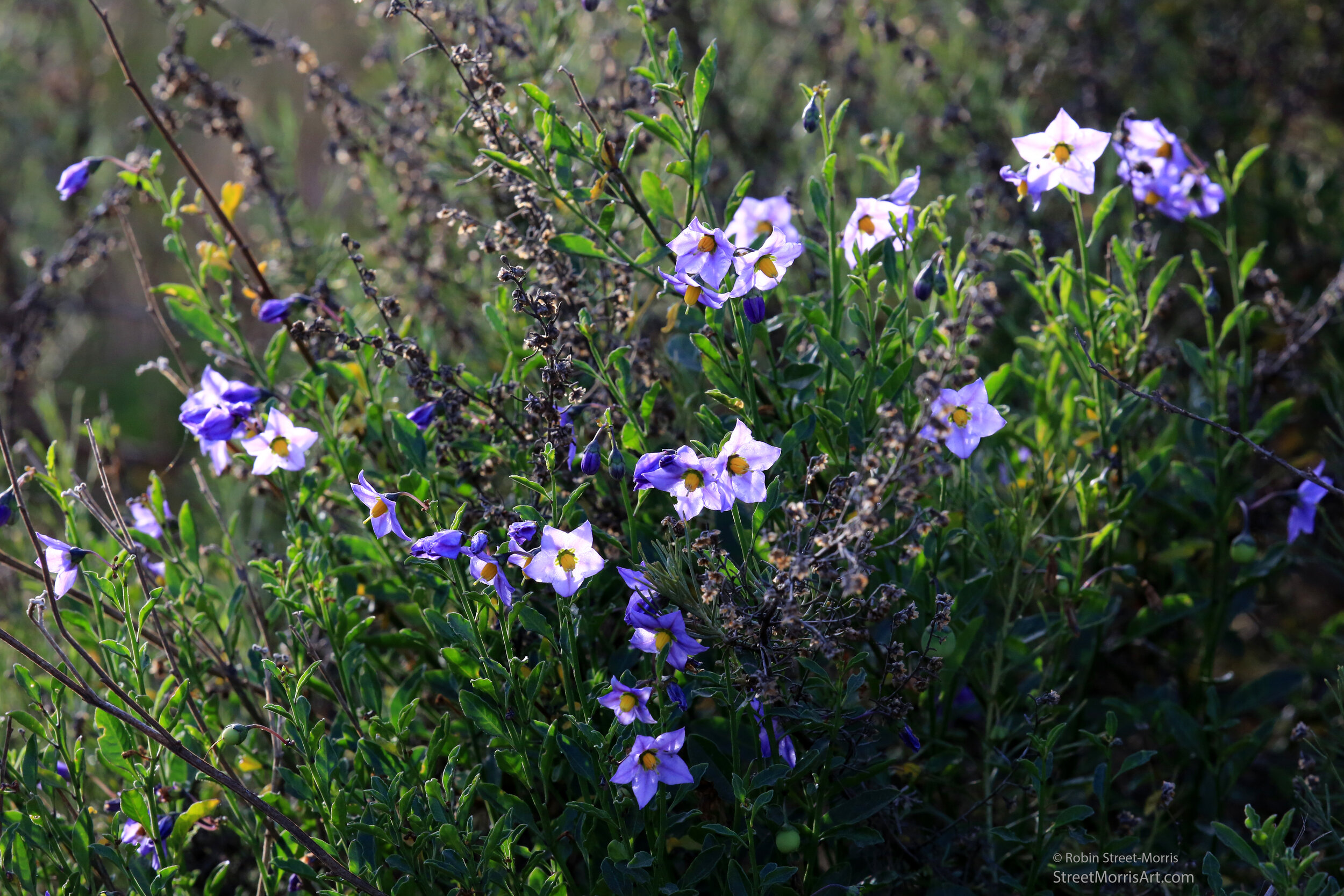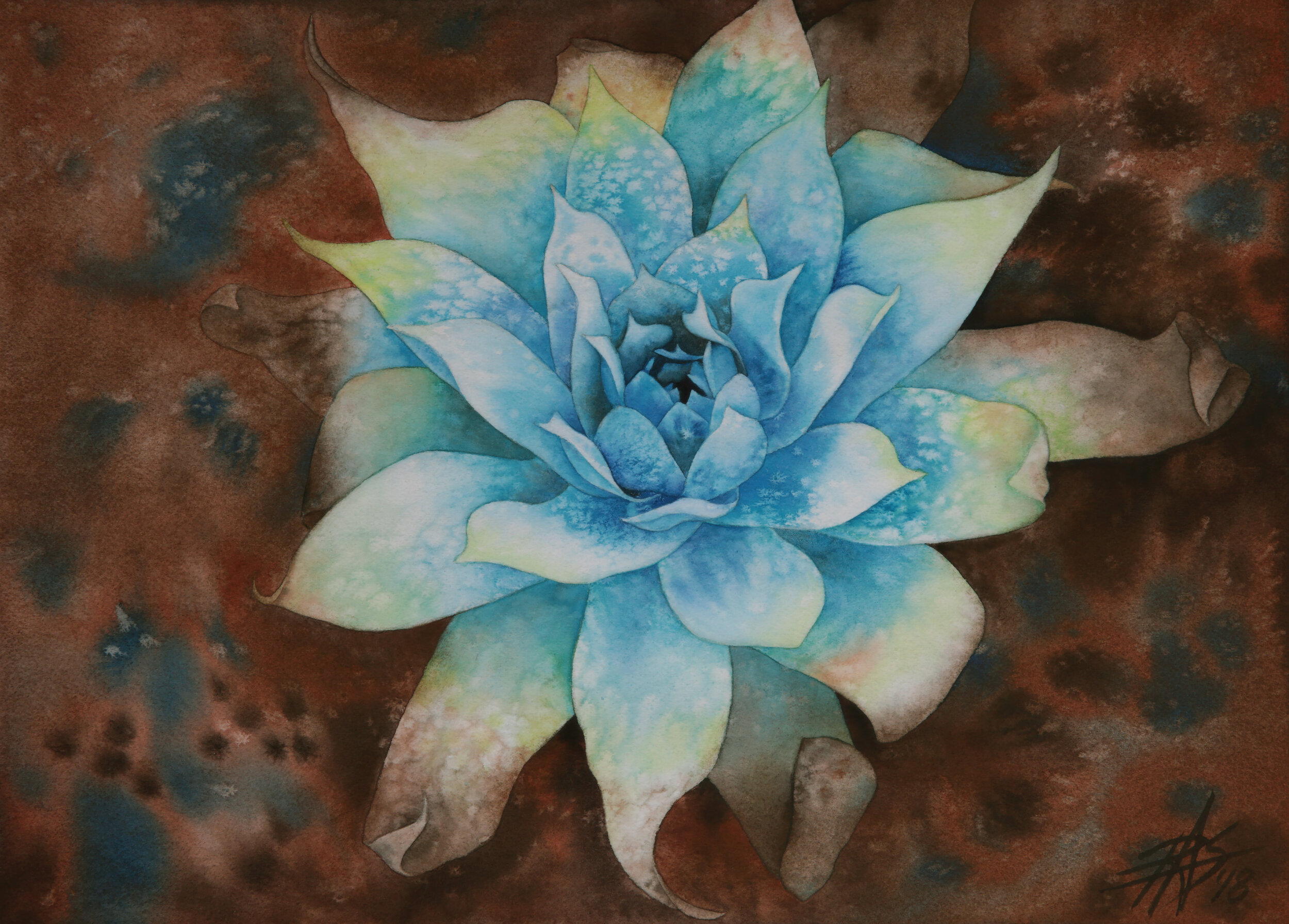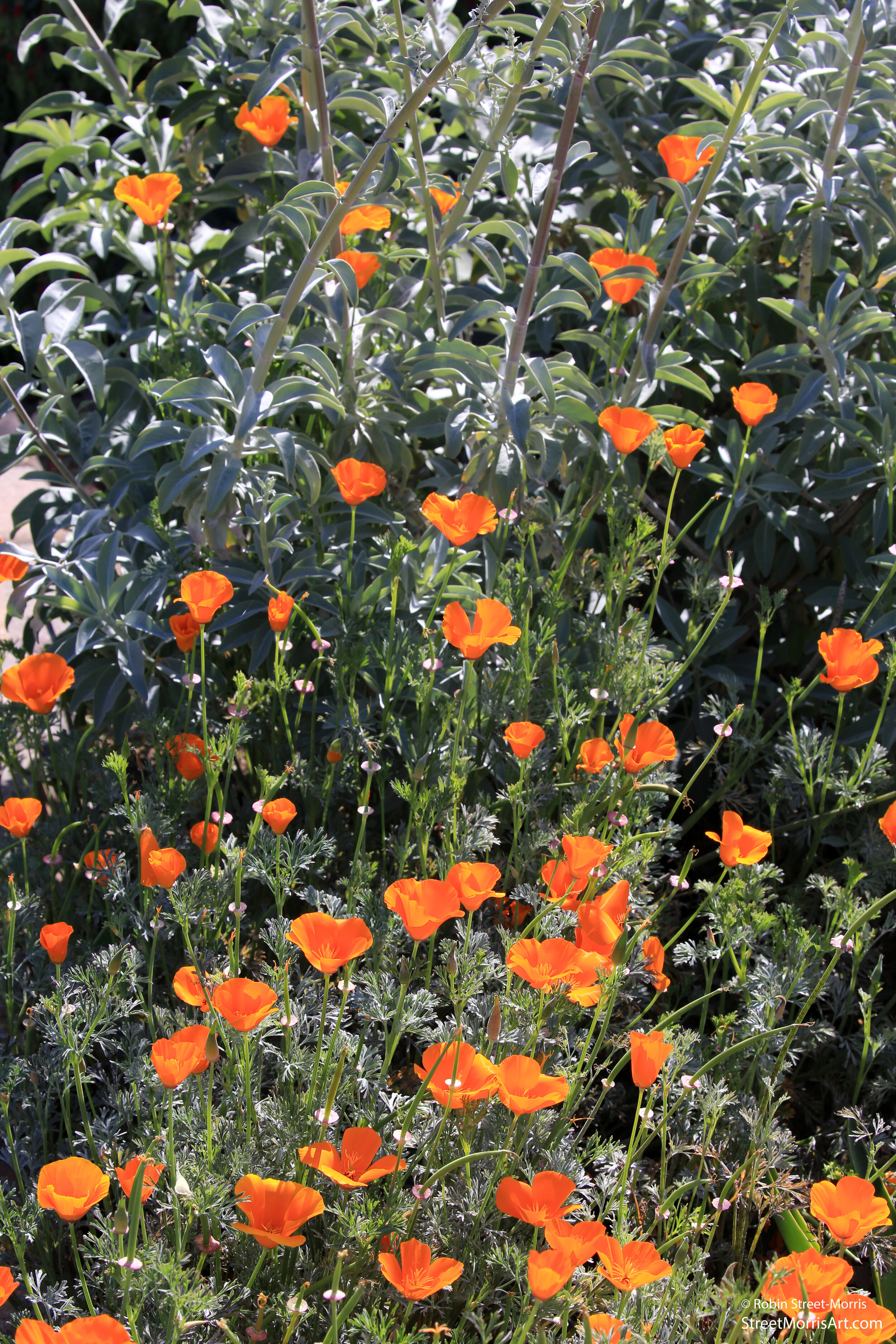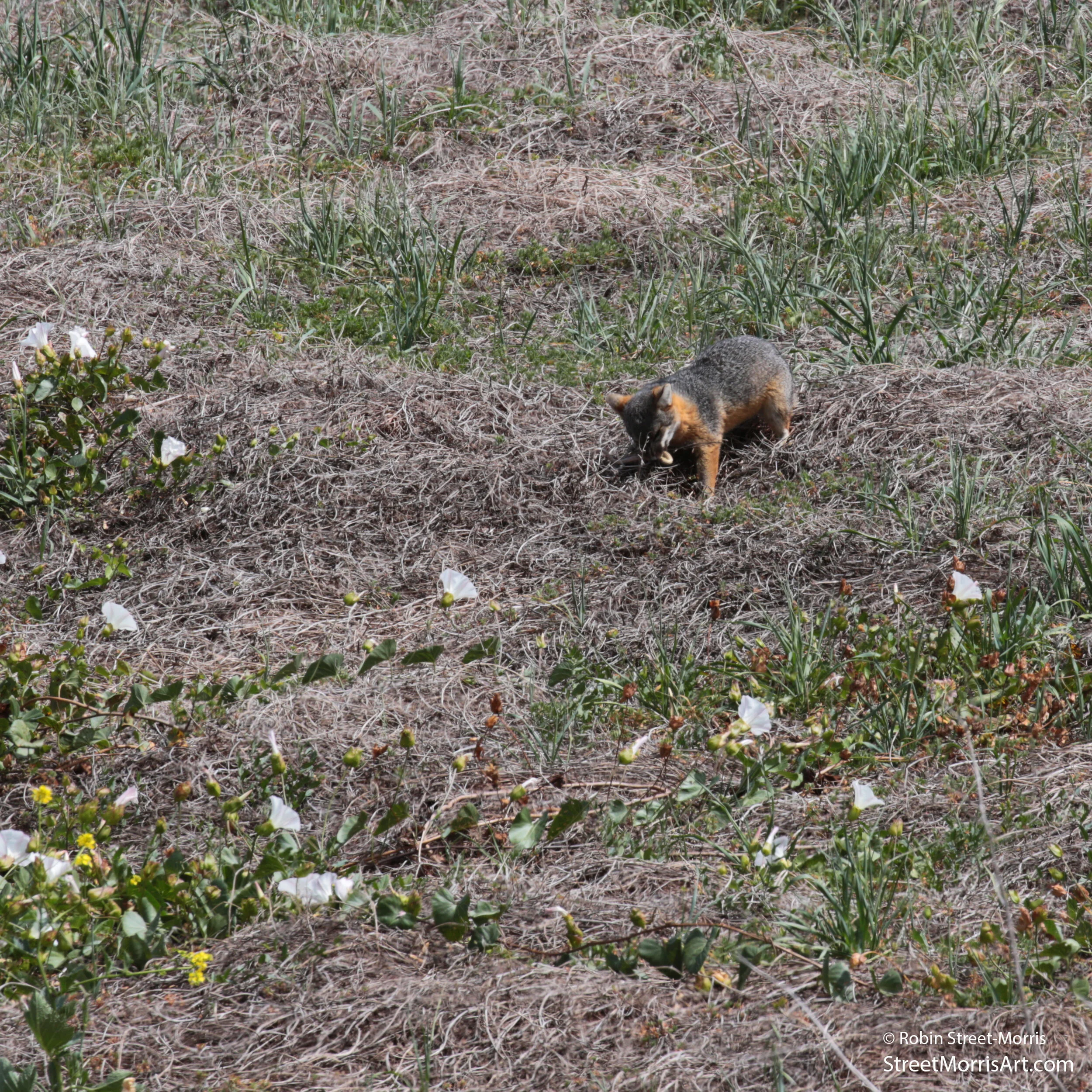Fireflies exist in California, but they're not the showy sort I knew living in the Midwest. Most species out here are only bioluminescent in their larval stage, so making a point of watching fireflies is a big deal to me when visiting Michigan in the summer. Somehow there's never enough time to enjoy said activity. We’re lucky to have friends and family there still and our schedule is packed meeting up with them at restaurants during prime firefly hours. My New World Orchid friends were kind enough to share a delicious grilled dinner with us before we played a couple games of cornhole out back in their rural yard. They’ve let it become mostly meadow much to my delight and the wildlife's as well. As the sun sank lower, one of nature's subtle fireworks made an appearance. I also got to appreciate them while walking around the Diag of my alma mater's campus in between gentle rains.
A more recent and unusual moment in nature is this one that took place in Two Harbors on Catalina Island last week. We passed a flock of American crows and paused to watch them while they returned our gazes. After we walked away, one of them flew over and dropped this California mule deer bone one step behind us and then returned to its group. Its intent will remain a mystery.
Two of my mixed media paintings were selected by the jurors of the Carlsbad Oceanside Art League’s 69th Open Juried Fine Arts Awards Show, so I framed them archivally and made sure to get them where they needed to be before heading to San Pedro to catch the ferry. Their gallery is located at 300 Carlsbad Village Drive, Suite 101 in Carlsbad, CA. The art will be on view there through October 3rd, 2021.



